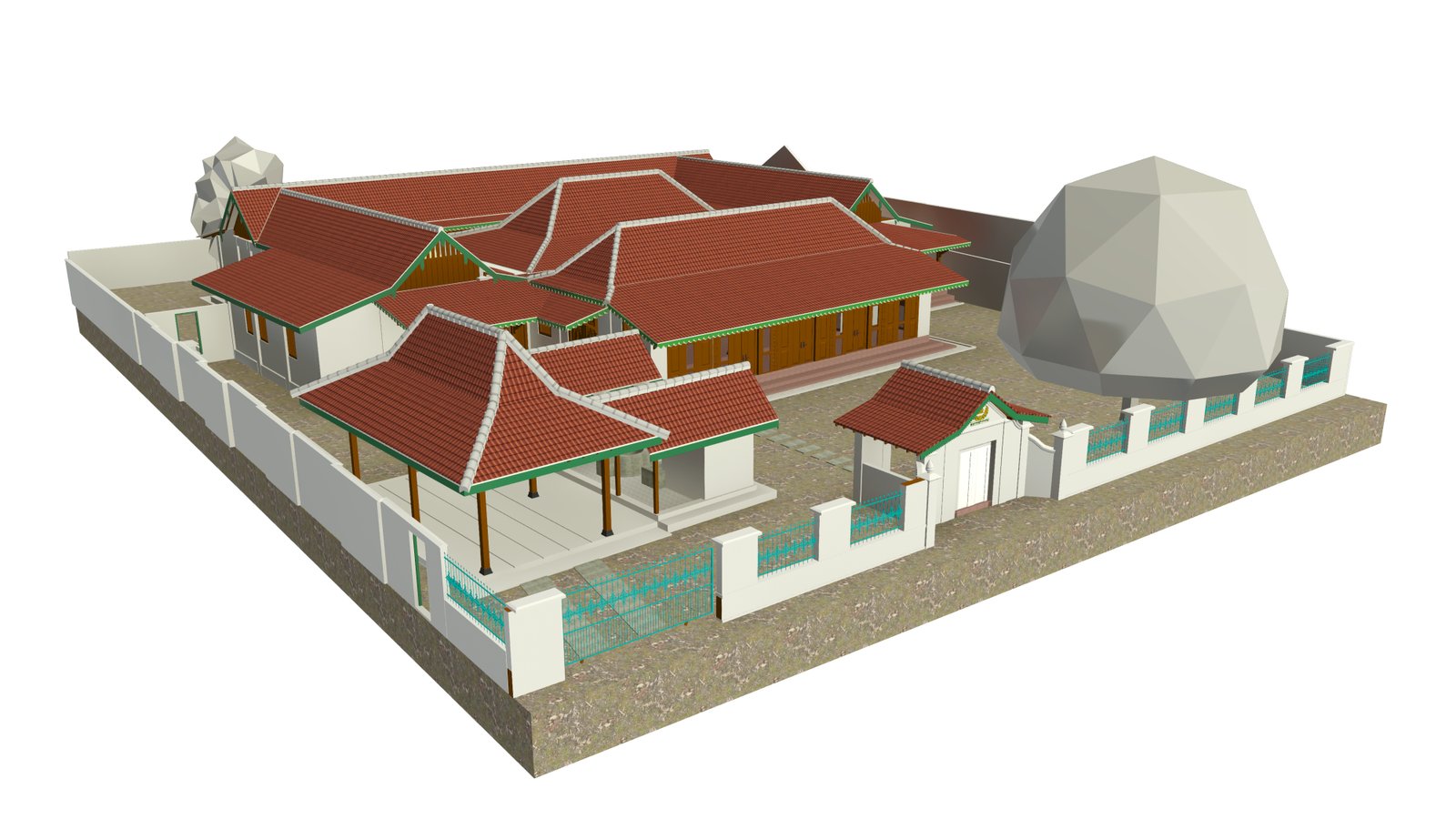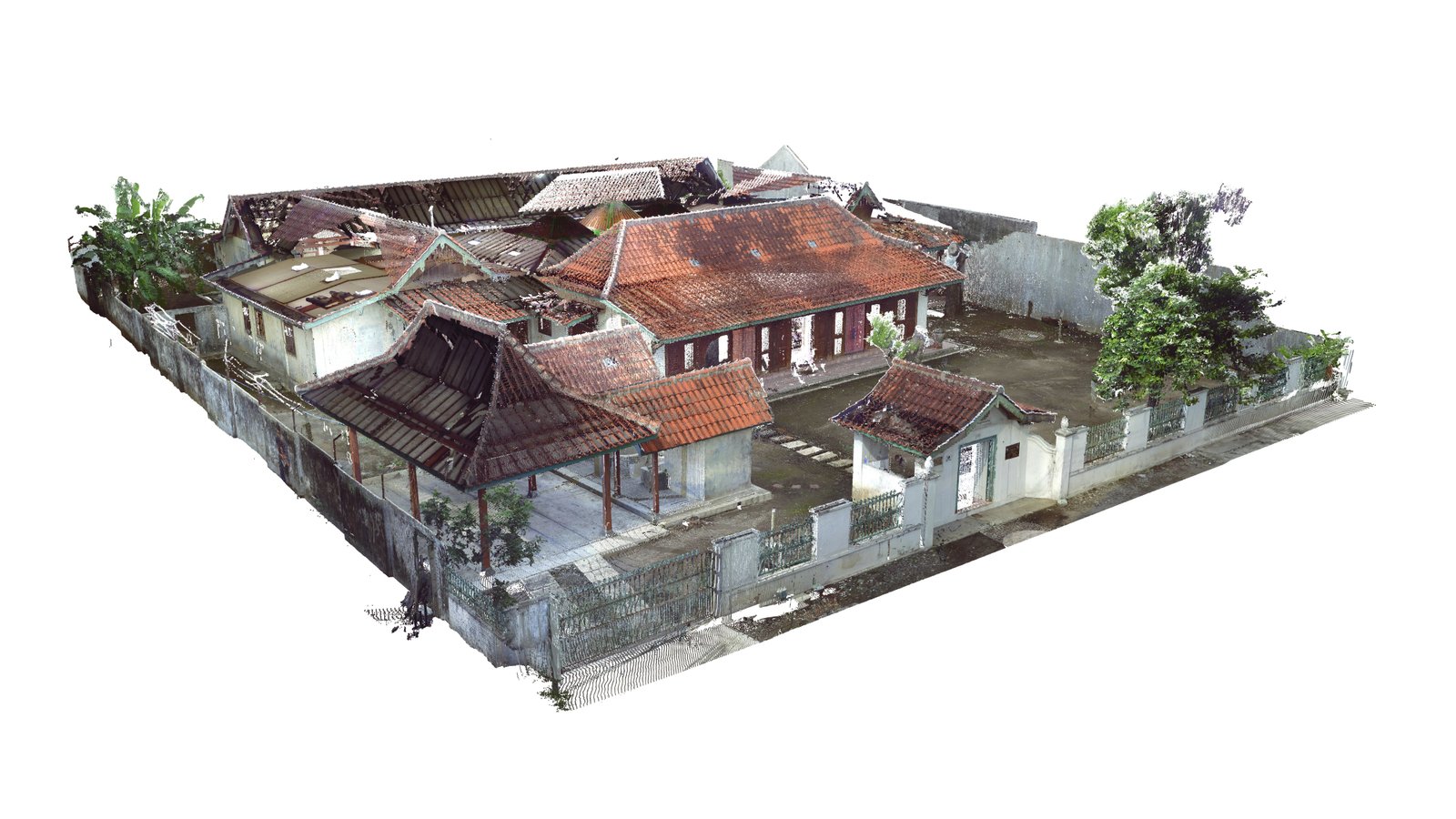Heritage
The future of history is here, using advanced tech
to protect and share our ancient stories
Cultural heritage buildings hold invaluable historical, architectural and cultural value, but also present unique challenges in terms of documentation, conservation and restoration. This is where Building Information Modeling (BIM), comes in as a revolutionary solution. BIM allows us to digitize, analyze and manage these historic assets with unprecedented precision.
How does BIM Work for Heritage Buildings?
BIM for heritage focuses on creating a highly accurate “digital twin” of a historic building. This process often involves accurate data acquisition using technologies such as 3D laser scanning and photogrammetry, every physical detail of the building, from intricate carvings to hidden structural elements, is captured into millions of data points (point clouds). This results in a highly precise 3D representation of the building's current as-built condition.
Benefits of BIM for Cultural Heritage
1. Documentation: Creates a permanent, detailed digital archive of every building aspect, preserving invaluable information far beyond traditional methods.
2. Precision Conservation & Restoration Planning: Allows teams to virtually visualize and test restoration plans, identifying issues and ensuring authenticity before physical work, minimizing damage risk.
3. Condition Monitoring & Structure Analysis: Use models to continuously track structural health, detect issues early, and perform crucial analyses like thermal or seismic vulnerability.
4. Enhanced Collaboration: Provides a central platform for all stakeholders : architects, historians, conservators, ensuring seamless coordination and better decision-making.
5. Education & Public Access: Transforms historical assets into immersive virtual tours or AR/VR experiences, making heritage accessible and bringing history to life for broader audiences.
6. Sustainable Asset Management: Post-restoration, BIM models support efficient facility management, helping owners track assets, plan maintenance, and ensure the building's long-term sustainability.
Sample Project Heritage
Point Cloud
The object is one of the heritage buildings located in Yogyakarta. Using the Scan to BIM method, a detailed point cloud of the structure is captured, providing accurate geometric data as the basis for 3D modeling. This process ensures that every architectural detail, no matter how small, is preserved digitally, supporting documentation, analysis, and long-term conservation efforts.
3D Model
Let’s check how BIM generates detailed 3D models from point clouds, turning centuries-old heritage into smart digital assets ready for restoration and analysis. By converting raw spatial data into accurate, information-rich models, BIM enables preservationists, architects, and historians to study the structure in depth, plan interventions precisely, and share cultural value through digital means. These models not only capture geometry, but also embed historical context and material information, making them valuable tools for both conservation and education.


